Seven Planets Align in 2025! Don’t Miss This Rare Celestial Phenomenon
Ankita Rai | Wed, 26 Mar 2025
The 2025 planetary alignment will be a rare celestial event, with multiple planets aligning in the night sky. This rare planetary parade 2025 will occur in January and February, offering a stunning cosmic view. For those in India, the planetary alignment visibility India 2025 will be optimal. Mark your calendars for the planet parade February 2025!

( Image credit : Pexels )
Photo:
The night sky has inspired humankind since time immemorial, and in 2025 one of the most unusual planetary alignments of all time will provide an incredible opportunity for astronomers and skywatchers to make observations. Twice this year, many planets will align in one of the most spectacular formations of the heavens—that won’t happen again for years to come.
As the excitement builds around the upcoming planetary alignment in 2025, this article will cover everything you need to know—from the dates, visibility and scientific significance of the alignment to how best to observe this rare event.
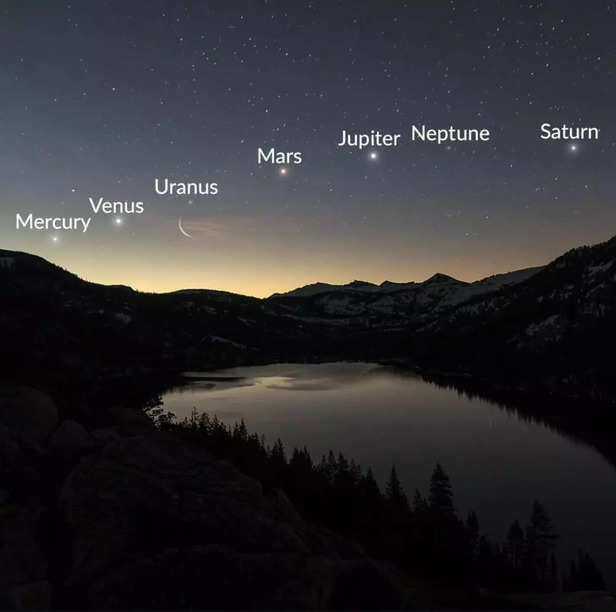
When planets seem to line up from Earth’s vantage point, we call it an alignment. Though they are millions of kilometers away from one another in the vastness of space, their alignment creates the illusion of a celestial procession.
Alignments of two or three planets are relatively frequent, but alignments of six or more is a rare event that makes the 2025 planetary parade a once-in-a-lifetime sight.

Two major planetary alignments will occur in early 2025:
The Six-Planet Alignment
Venus, Mars, Jupiter, Saturn, Uranus, and Neptune will line up during this time. (Although the brighter planets can be seen without magnification, you will need a telescope or binoculars to see Uranus and Neptune.)
The Seven-Planet Alignment
The ringed planet isn’t the only celestial powerhouse making its mark; 2025 will also see a seven-planet alignment, including Mercury, Venus, Mars, Jupiter, Saturn, Uranus, and Neptune. This alignment is important especially because if the conditions are good, Mercury, which is typically hard to see given its proximity with the Sun, will be visible.
Planetary alignment visibility India 2025 is highly expected for Indians particularly in places with minimum light pollution.
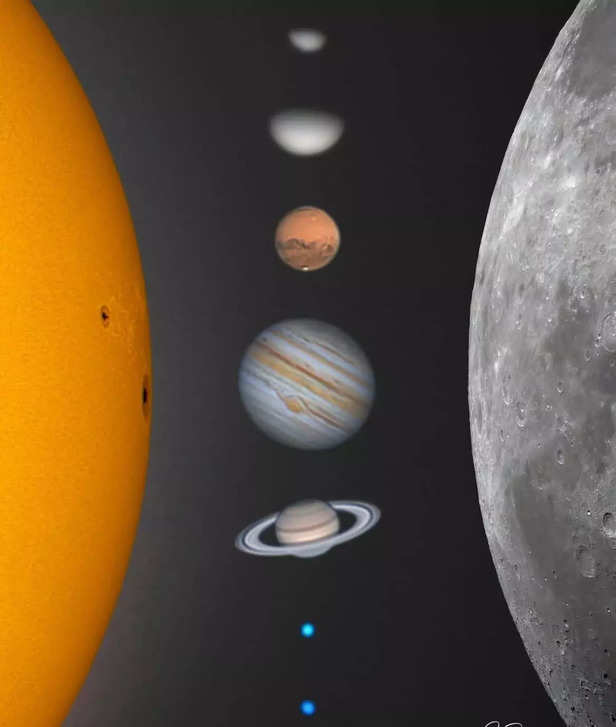
India’s varied geography has some great observation points to catch the planet parade February 2025:
All high altitude and clear sky make it an ideal place.
A dry desert climate improves visibility.
Air pollution remaining low makes things look less hazy.
City lighting can be problematic, but if you can find a wide-open elevated position, it will help you a lot.
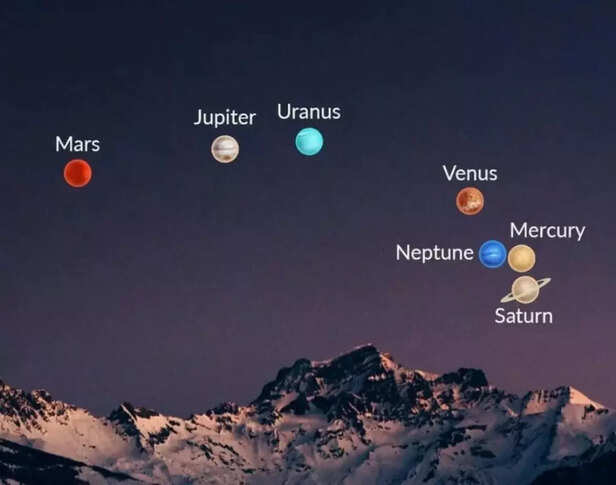
To get the most out of this rare planetary alignment, here’s what the experts suggest:
Shortly after sunset, when looking towards the western horizon.
Apps like SkyView, Stellarium or SkySafari can help you determine where the planets are.
Not all planets will be visible without optical aids, and any aids you have will improve your experience.
Find a Dark-Sky Location — The less artificial light around, the better.
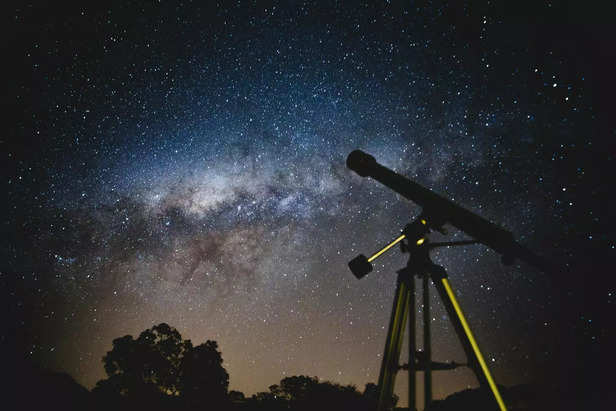
However, the rare planetary parade is not just a visual spectacle — it also provides valuable information for astronomers. Surveying these types of alignments also has the potential to hone our understanding of planetary dynamics, gravitational interactions, and even exoplanet detection methods.
For astrophotographers and research institutions, they offer a unique chance to obtain high-resolution images of planets at close range.
Planetary alignments were associated with astrological beliefs and cultural narratives throughout history. Modern-day astronomy might keep science realms separate from mystical planes, but many fans of the alignments view them as being indicative of change, rebirth and cosmic harmony.
The next major six-planet alignment after 2025 will be in 2040. But alignments of this magnitude are rare, so 2025 could be big for skywatchers.
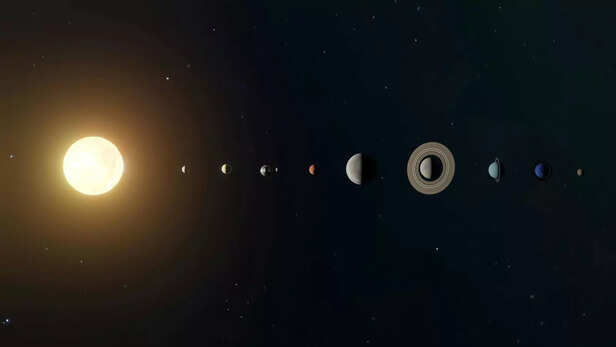
The rare planetary parade 2025 number was more than an astronomical event—it was a reminder of the dance of our solar system, and its complexities and constant movements. So, whether you are an experienced astronomer, a occasional skywatcher, or just someone who loves the beauty of space, this alignment is an event not to be missed.
So, take out a calendar, grab your observation gear, and get ready to witness one of the most spectacular celestial events of the decade.
Unlock insightful tips and inspiration on personal growth, productivity, and well-being. Stay motivated and updated with the latest at My Life XP.
Frequently Asked Questions ( FAQs)
As the excitement builds around the upcoming planetary alignment in 2025, this article will cover everything you need to know—from the dates, visibility and scientific significance of the alignment to how best to observe this rare event.
What Makes This Planetary Alignment So Rare?

planet alignment ( picture credit : Instagram)
When planets seem to line up from Earth’s vantage point, we call it an alignment. Though they are millions of kilometers away from one another in the vastness of space, their alignment creates the illusion of a celestial procession.
Alignments of two or three planets are relatively frequent, but alignments of six or more is a rare event that makes the 2025 planetary parade a once-in-a-lifetime sight.
Important Dates: Where and How to Watch

time
( Image credit : Pexels )
Two major planetary alignments will occur in early 2025:
Jan. 21-29, 2025:
Venus, Mars, Jupiter, Saturn, Uranus, and Neptune will line up during this time. (Although the brighter planets can be seen without magnification, you will need a telescope or binoculars to see Uranus and Neptune.)
28 February 2025:
The ringed planet isn’t the only celestial powerhouse making its mark; 2025 will also see a seven-planet alignment, including Mercury, Venus, Mars, Jupiter, Saturn, Uranus, and Neptune. This alignment is important especially because if the conditions are good, Mercury, which is typically hard to see given its proximity with the Sun, will be visible.
Planetary alignment visibility India 2025 is highly expected for Indians particularly in places with minimum light pollution.
Planet Parade: Where and when to see it in India

alignment of the planet
( Image credit : Pexels )
India’s varied geography has some great observation points to catch the planet parade February 2025:
Ladakh and Spiti Valley –
Kutch and Jaisalmer –
Hill stations (Ooty, Munnar, Darjeeling) —
Urban Observing (Delhi, Mumbai, Bengaluru) –
Do’s and Don’ts When Observing the Alignment

planets
( Image credit : Pexels )
To get the most out of this rare planetary alignment, here’s what the experts suggest:
Choose Your Time Wisely –
Use astronomy apps –
Buy (or Borrow) Binoculars or a Telescope –
Find a Dark-Sky Location — The less artificial light around, the better.
Importance to Science and Astronomy

astrology
( Image credit : Pexels )
However, the rare planetary parade is not just a visual spectacle — it also provides valuable information for astronomers. Surveying these types of alignments also has the potential to hone our understanding of planetary dynamics, gravitational interactions, and even exoplanet detection methods.
For astrophotographers and research institutions, they offer a unique chance to obtain high-resolution images of planets at close range.
Culural ـ Astrological Views
Planetary alignments were associated with astrological beliefs and cultural narratives throughout history. Modern-day astronomy might keep science realms separate from mystical planes, but many fans of the alignments view them as being indicative of change, rebirth and cosmic harmony.
Next Up: What Is the Next Big Alignment?
The next major six-planet alignment after 2025 will be in 2040. But alignments of this magnitude are rare, so 2025 could be big for skywatchers.
Final Thoughts

planets
( Image credit : Pixabay )
The rare planetary parade 2025 number was more than an astronomical event—it was a reminder of the dance of our solar system, and its complexities and constant movements. So, whether you are an experienced astronomer, a occasional skywatcher, or just someone who loves the beauty of space, this alignment is an event not to be missed.
So, take out a calendar, grab your observation gear, and get ready to witness one of the most spectacular celestial events of the decade.
Unlock insightful tips and inspiration on personal growth, productivity, and well-being. Stay motivated and updated with the latest at My Life XP.
Frequently Asked Questions ( FAQs)
- What is the rarest planetary conjunction?
The rarest planetary conjunction is a Grand Conjunction of all planets, which occurs once every few hundred years. - How rare is a 7-planet alignment?
A 7-planet alignment is extremely rare, occurring roughly once every 60 to 100 years in varying degrees of visibility. - Will all 9 planets ever align?
A perfect alignment of all nine classical planets (including Pluto) is virtually impossible, but loose groupings can occur every hundreds or thousands of years.










